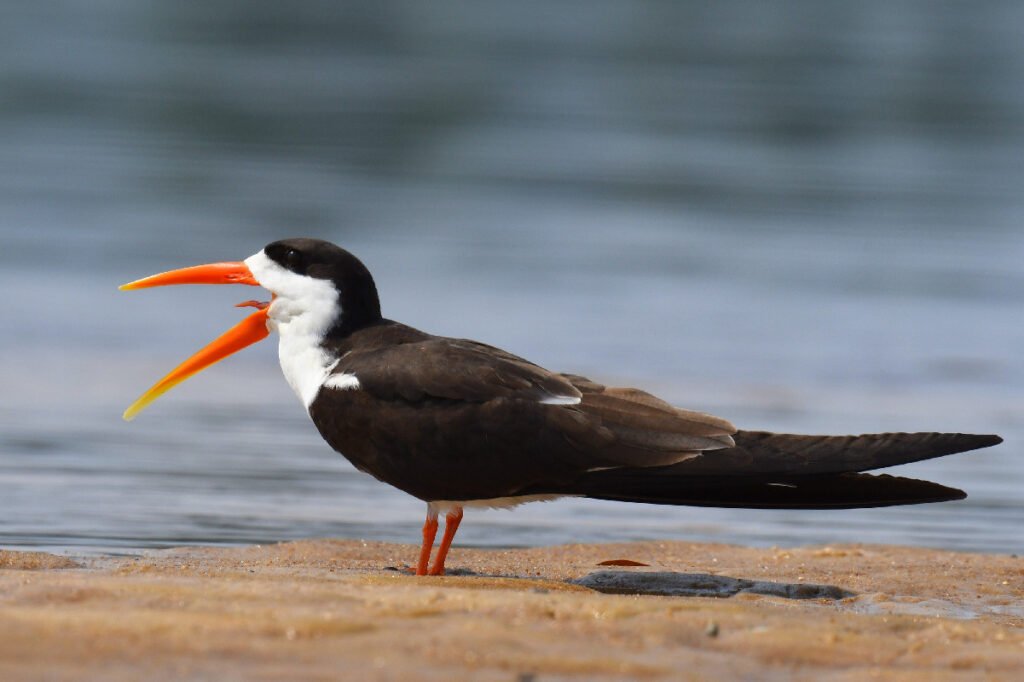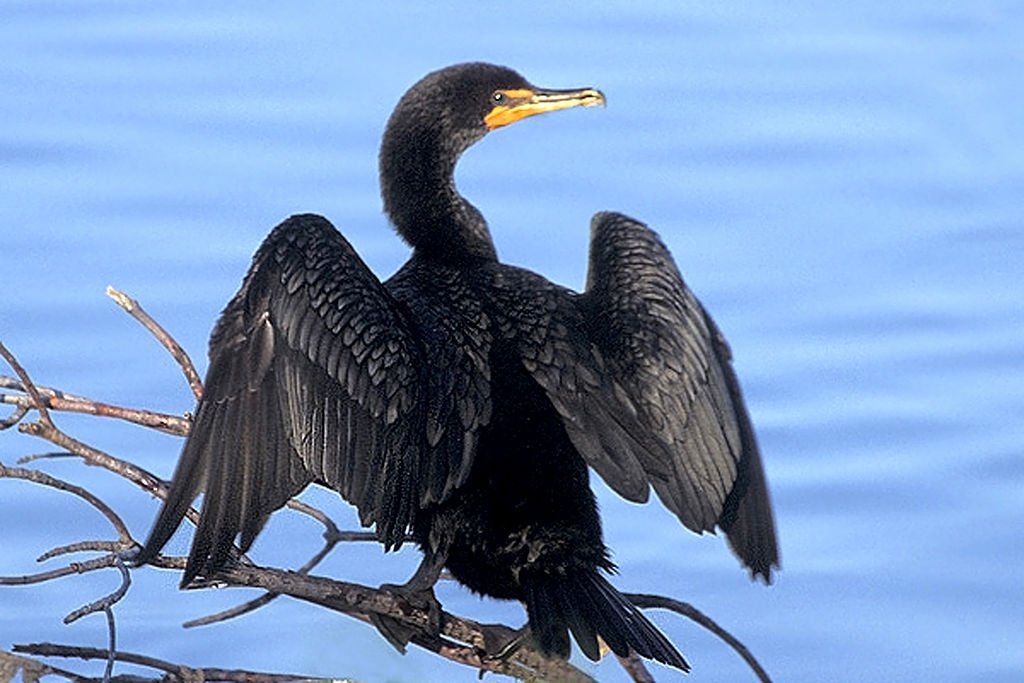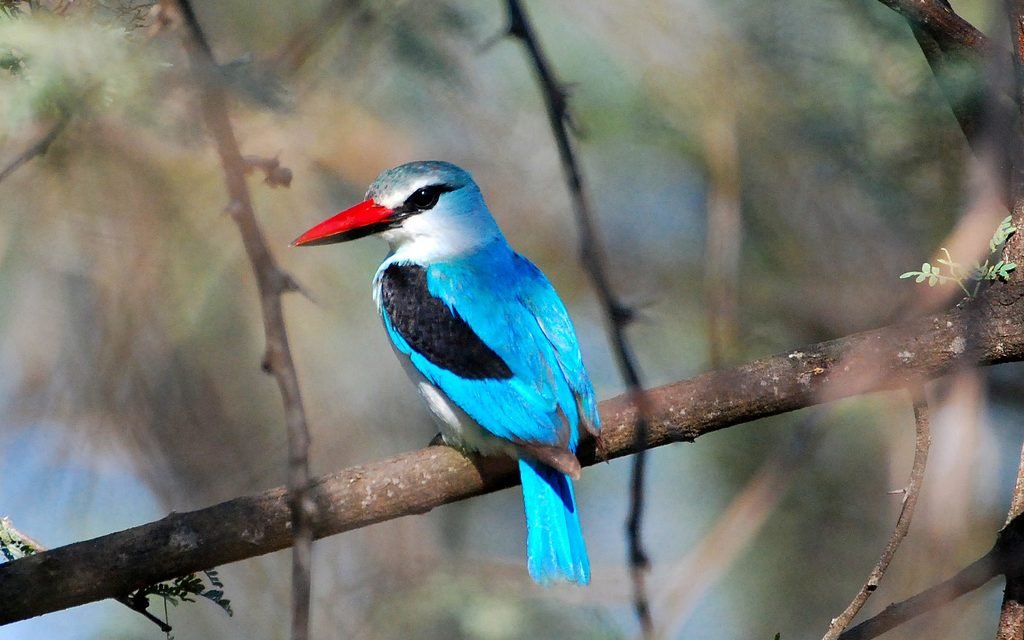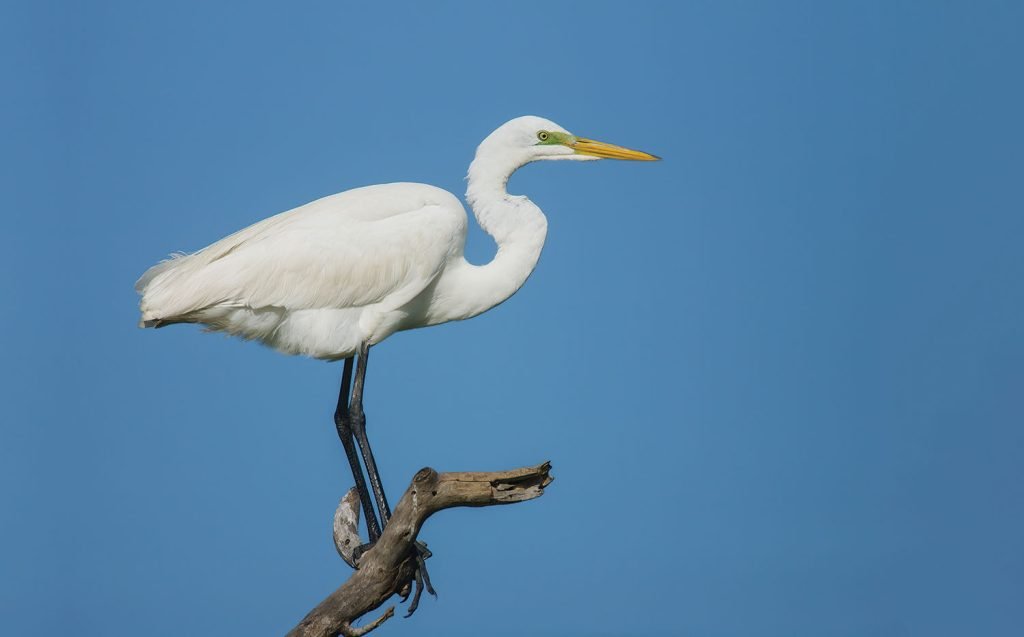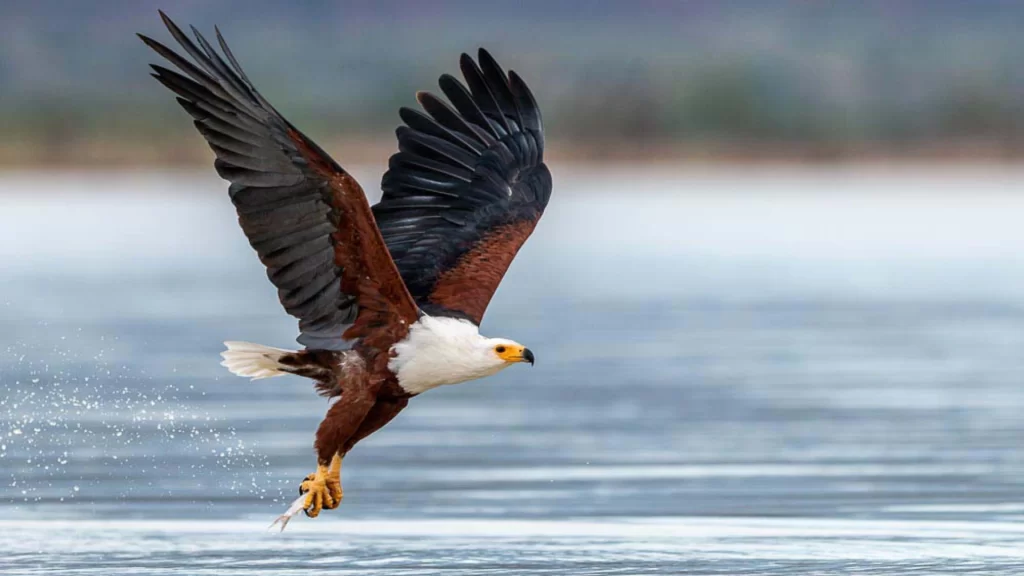Lake Tanganyika Tanzania stands as the world’s longest and second-deepest freshwater lake, stretching across four countries. Crystal-clear waters harbor over 350 endemic fish species, making Lake Tanganyika snorkeling exceptional for underwater exploration. Dramatic mountain scenery surrounds pristine beaches along the Tanzanian shoreline near Kigoma. Traditional fishing dhows create authentic cultural experiences in historic lakeside villages. Lake Tanganyika diving reveals unique cichlid fish found nowhere else on Earth, attracting marine biologists and adventure seekers to this ancient Rift Valley treasure.
For New lodges, fresh trips, exclusive offers &…










